10 Ways Kyndryl Will Drive Innovation, Services: CEO Martin Schroeter
‘Kyndryl is a true IT services company with a customer-centered culture,’ Kyndryl CEO Martin Schroeter said Tuesday during a virtual event. ‘Customers are our North Star. We help our customers design, manage and modernize the technology systems that the world depends on every day.’
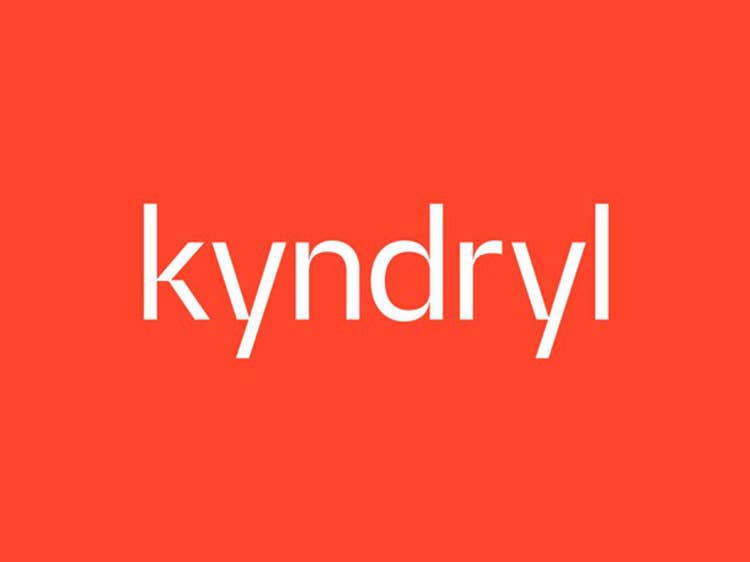
The Kyndryl Spin-off Nears
With the spin-off of IBM’s managed infrastructure unit just two weeks away, the CEO of the soon-to-be independent business--known as Kyndryl--is touting the company’s differentiators in the IT channel around innovation and services. During a virtual investor event on Tuesday, Kyndryl CEO Martin Schroeter pointed to the company’s significant employee count, intellectual property portfolio, existing customer base and freedom to grow through non-IBM partnerships as major advantages going forward. Key opportunities for Kyndryl will include in cloud, such as with Microsoft Azure, where the company plans to invest for growth, Schroeter said.
“On launch day, we are the world’s largest IT infrastructure services provider,” he said during the virtual event. “We have unmatched intellectual capital and IP, more than 3,000 patents issued, 800 patents pending and 200 more are already submitted. We have world class expertise, with 90,000 employees who have an average of 10 years of industry experience. And we have global scale with state-of-the-art delivery operations around the world, a presence in 63 countries and 459 data centers under our management.”
Still, Kyndryl has its work cut out for it after becoming an independent public company, which is planned to take place after the market closes on Nov. 3. Kyndryl executives don’t expect to see “positive revenue growth” until 2025, Schroeter said--due in part to how much the company plans to spend around boosting employee skills, experimenting with its business model, adding more partnerships and expanding its cloud and advisory services.
In a recent U.S. Securities and Exchange Commission filing, the IBM business now known as Kyndryl disclosed three consecutive years of revenue declines, along with a net loss of $2.01 billion last year and $943 million in 2019. “We have a revenue growth problem, and we have a profitability problem,” Schroeter said on Tuesday. “We think we can work on both of those simultaneously.”
What follows are Schroeter’s comments on how Kyndryl is aiming to drive innovation and services following its spin-off from IBM.
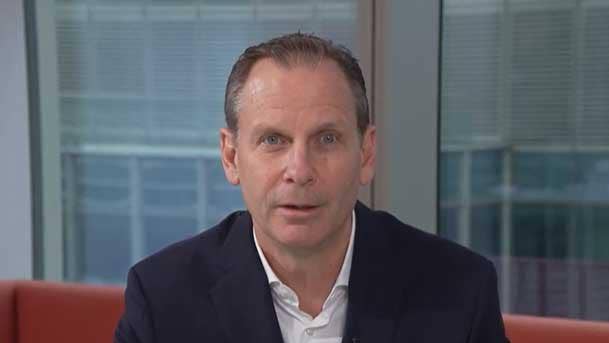
90K Employees, 140K Skill Credits
“Kyndryl is a true IT services company with a customer-centered culture. Customers are our North Star. We help our customers design, manage and modernize the technology systems that the world depends on every day.
As you would expect from a true services company, at the core of our business is our people and our customer relationships. It’s 90,000 employees who represent the best global talent in the industry. And I know they’re the best because that’s what my customers tell me over and over. They’ve done more IT transformation and automation engagements than anyone. They invented how the industry does it. These are people with experience in addressing critical technology challenges, with deep experience in working with hybrid IT and multi cloud environments as well as working with new and emerging technologies like edge and 5G.
Last year, our people earned more than 140,000 credits in strategic skills including cloud, AI, analytics and security to name a few. And the continued development of our people, our human capital, broadening their skills even further, is one of our highest priorities.”

4K Customers, Six Practice Areas
“When you look at our customer base, we support the operations of more than 4,000 customers around the globe, including approximately 75 percent of the Fortune 100, more than half of the Fortune 500.
Our customers make 45 percent of the world’s passenger cars, they account for 50 percent of hypermarket retail sales, manage nearly half of the world’s mobile collections. And our large banking customers represent over 60 percent of total assets managed.
[Kyndryl employees] take great pride in working with our customers to power their critical systems, which in turn powers the global digital economy. We do this through a super strong portfolio of IT services that are now aligned across six global practice areas. These are contemporary services aimed at capturing the opportunity associated with customers’ digital transformations. “

750K Virtual Servers Under Management
“We can be both the integrator and the innovator for our customers. We’re known for integrating tools and vendors in the data center, and we’ll still do that.
But as an independent company, we’re going to ramp up our focus on innovation, going after new market opportunity and using our experience and our IP to the benefit of our customers.
To help bring to life the scope and the scale of the capabilities that we really bring to bear for our customers, I’ll share some key stats.
First is our global scale. We have operations in 63 countries, which allows us to serve customers domestically and globally based on their requirements. We manage the vast majority of mainframes on the planet, with 6 trillion instructions processed each second.
We provide 2 million terabytes of storage. We manage 750,000 virtual servers and 270,000 network devices. And we also manage over 25,000 SAP and Oracle systems. So we have a lot of scale.
But we also have vitality. We apply our data, our IP and automation to run our customer systems better. Nine million automated actions per month results in greater quality and efficiency for us and for our customers. And 4 million backup jobs completed daily means more secure and resilient systems.”

Double The Addressable Market Post-Spinoff
“Our separation more than doubles our addressable market from $240 billion pre-spin to $510 billion by 2024. And it’s driven by several tailwinds that we’ll capitalize on.
First, there is greater demand for digital transformation services given that about 65 percent of GDP will be digitized by 2022. This will create an even greater need for services that Kyndryl can provide to support enterprises with IT modernization.
Second, 85 percent of the world’s largest organizations continue to migrate applications to the cloud and consistently seek to partner with external service providers like Kyndryl as these transitions become more complex.
Third, there’s been an explosion in data and analytics. It’s estimated that enterprises created and captured 64 zettabytes of data in 2020 alone. The sheer volume of data creates complexities for organizations that need to crunch that data for actionable insights.
Fourth, there’s an urgent and obvious need to make information and technology systems more secure. The need to increase investment in cybersecurity is top of mind for CEOs who are increasingly concerned about cyber threats to their operations and their growth prospects.
And lastly the accelerating pace of companies adopting new technologies like automation and AI and machine learning is rising, expected to continue as companies look to integrate new technologies into their existing IT estates.
So looking ahead, Kyndryl’s scale and ability to design, build and modernize mission critical technology systems provides a huge opportunity to extend our leadership position in the markets we operate in.”

Investment Plans
“We are going to primarily re-invest in this business. Top of the list for us is our labor pool, our skill base, to enhance their skills in the kinds of capabilities that our customers are asking us for.
Secondly … we have a platform we’re building that allows our customers to better understand their environments, that we can bring our IP and make our data real and actually help reduce our customers’ environmental risk and actually help reduce our customers’ operating risk. That takes investment. And those two combined is what I’ve said in the past has been around. We are integrators and innovators. So those are the top two lists on the top two things that we will invest in.
Thirdly, look, this is a business that requires capital. Now, I’ll let the world decide if we’re very capital intensive or moderately. In our space, we are a bit more capital intensive than other capital-light models … We think there’s an opportunity for us to move into an asset-lighter model. It’s going to take a little bit of time, but we are going to keep feeding that fixed capital part of the business because we need it to grow. We need to keep our commitments to our customers. But we do expect that it’ll come down.”
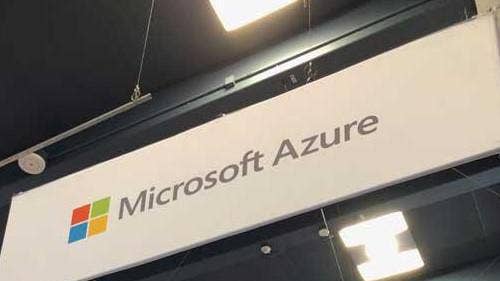
Customer Reception
“At the heart of this is a real excitement from our customers. Look, the strategy that we laid out, what we’ve talked about -- if I shorthand it to invest to build capabilities and engage in a broader part of the ecosystem, if you just shorthand to those two things, our customers are really, really excited about that.
They know that this business has been under-invested in, so they’re appreciative that we can bring capabilities. And remember how they see us. They see us as the trusted provider of running their mission-critical systems. They’re really excited about the idea that this business is now going to get investment to build new capabilities. And they’re really excited about our ability now to operate, to expand the ecosystem with which we engage. Many of them have made cloud decisions already.
Many of them are working with [Microsoft] Azure and Google Cloud and AWS and so they’ve been asking us, ‘Can you please help us?’ … We have cloud skills across it, we just don’t have enough. We have a lot of IBM Cloud skills, we have a lot of Red Hat cloud skills. That was the mission that this business was on. It was to help those other elements of IBM. We have some Google Cloud skills, we have Microsoft Azure cloud skills we’ve built a lot more this year, but we just don’t have enough.
Our customers are very excited about our ability to now invest and to expand the ecosystem in which we play.”
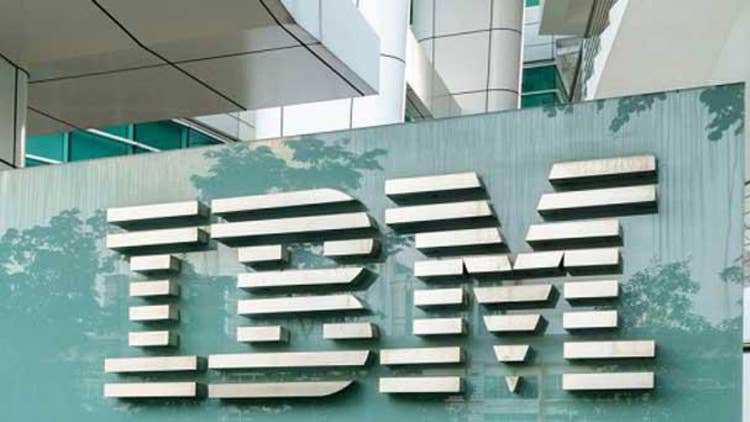
‘Strong Balance Sheet’
“IBM spun us out with a really strong balance sheet. But it was absolutely critical to our customers that we have an investment-grade balance sheet … Now, I do feel like we have some capacity in that balance sheet.
If we wanted to do something to accelerate the skills, enhancements we’re building or if [CTO] Antoine [Shagoury] found something from an IP perspective that really fit nicely inside of the platform we’re building, I think we have the capacity to do a few things. But like I said, we don’t really see any holes there right now.
Yes, investment grade is really important to our customers, and it’s really important to us. And we do feel like we have a little bit of capacity here if we wanted to do something inorganically, on the acquisition side.
And capital returns, look, we’re focused on reinvesting. That really is the key to getting us back to growth. We think that getting to growth is a really important story. We think that’s part of what makes this such a promising opportunity is the ability to invest. So we can take advantage of the much bigger market in which we play … We do see the market that we play in essentially double what we could before.
It’s going to take us time, the investments start now, our ecosystem participation starts now. But that’s what we’re focused on. And that’s the right time for us to really generate some significant returns on those investments before we start thinking about capital returns.”
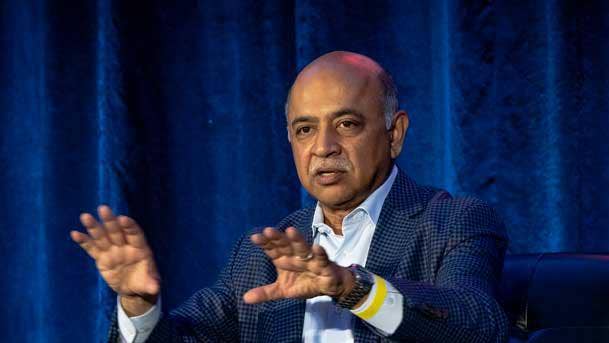
IBM Connections Continue
“There are two big linkages from an IBM and a Kyndryl standpoint -- not surprising in a spin of this magnitude, this complexity and in a spin of a company that ran as an integrated unit.
We have transition service agreements with IBM -- we have TSAs -- very common in a spin situation. We have two years to work our way off the the TSAs, and we’ve got people thinking now about how do we go build the platform, how do we get the most modern platform that we can find so it really supports the mission we’re on, really enhances our ability to operate, and allows us to show up in front of our customers in a much more robust and much more agile and responsive way ... The other big element of quite frankly it’s much more substantial than the TSAs is the commercial arrangement between the two firms.
And that’s two-way. We will do some services, we’ll perform some services for IBM. They will be a big important customer for us. And because we are managing so much of the IBM estate that exists in the world, we are a big customer for them.
I have told all of our customers, particularly because we have so many joint dual customers, IBM and Kyndryl customers, I’ve told them all, ‘You should expect that IBM and Kyndryl will work together really well to solve your problems.’ I think that’s what they’ve come to expect when we were a division, and I’ve told them they should expect it, and I expect it.
I’ve talked to [IBM CEO] Arvind Krishna quite a bit about this and he and I both agree we will work together well … As a big important customer of IBM I expect the relationship to be quite good. But, yes, we will be a very substantial customer to IBM, and they will be a substantial customer to us, and that runs across the board.
We buy a lot of their hardware. We buy a lot of their software. We resell their cloud -- that will continue. We resell some of their maintenance services -- that will continue. And it even goes all the way through to research. We will engage with IBM Research, make sure we have access to the labs, which we have enjoyed as a division.”

Getting Back To Growth
“We were the funding source for our customers. We saved money, we delivered productivity to them and they reinvested to move to the cloud. We would automate some things, they would reinvest that money.
But we didn’t have the ecosystem, we didn’t have the capabilities of where they were going. So that that money didn’t show up in what is now Kyndryl … Automation we see as a win across the board given the play we’re running, given the strategy we have.
I would describe it as, it’s certainly a win for our customers because they get some savings but more importantly they get reduced operational risk. This is hearts and lungs for them, so reducing operational risk on the mission critical workloads they have is really important to them. So it’s a win for customers.
It’s certainly a win for our teams, for our employees, because it allows us now to take the people who know our customers so well, who know their environments so well, it gives us a chance to enhance their skill set and then keep them in the account doing new things, doing more things.
And this is at the heart of why we go from being just a funding source to being a funding and reinvestment source as we build those capabilities and as we participate in a broader ecosystem. Our employees get to participate in this in a really profound way. They get a whole set of enhanced skills around their mission critical trustworthiness, if you will.
And then from our firm’s perspective, it does allow us to operate more efficiently, it does allow us to reduce our own risk.”

‘Kyndryl Is Different’
“Kyndryl is different. And we’re different really for a few reasons that are really important. First and foremost, the mission is different. The mission Kyndryl has now is different. And it sort of describes why we worked with our customers to pick the strategy we picked. But with that different mission, we can have a different strategy and the strategy aligns with what our customers are doing. The strategy aligns with all the long arc trends that each of you I’m sure sees and experiences today. So the mission is different.
Our ability to invest the capital allocated to this business is different. IBM didn’t invest in the business. Arvind covered this when they announced the spin over a year ago already. So our ability to invest, our ability to create new capabilities and our ability to build and operate in a broader ecosystem is different.
And then finally, the people are different. I took you through the leadership team here, we have a really good mix of people who come from inside this business who know the customers will who know the business well and know you know where we are, along with a really talented, really strong team from outside at the senior leadership level, people with new ideas and people who will bring new perspectives to how this business is run, all of whom are supported by a world class board overseeing the strategy and the execution and the path.”